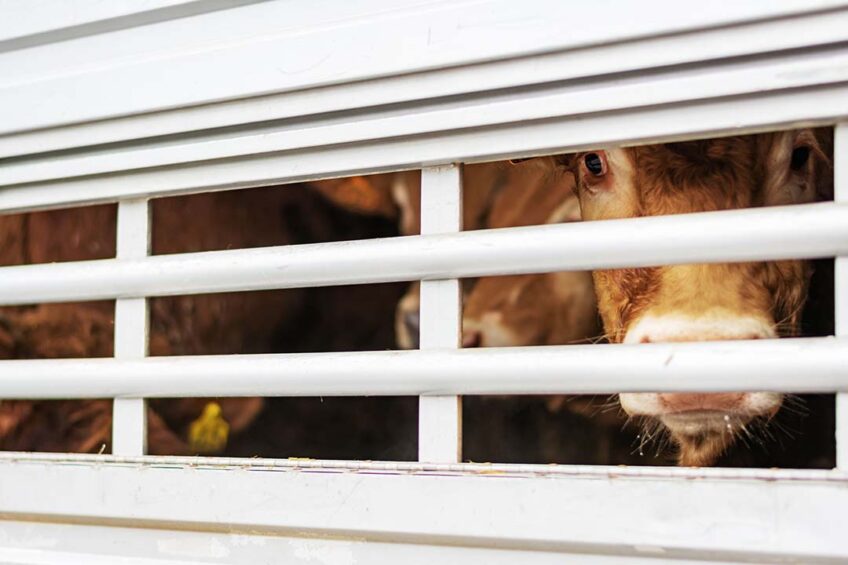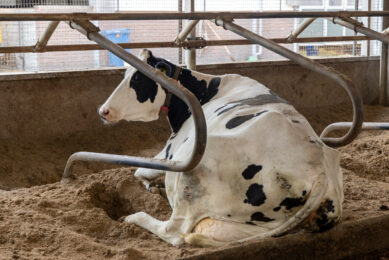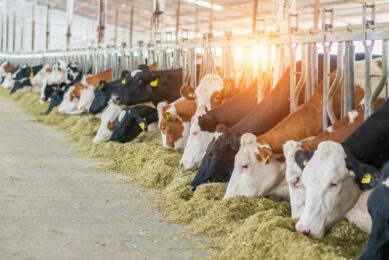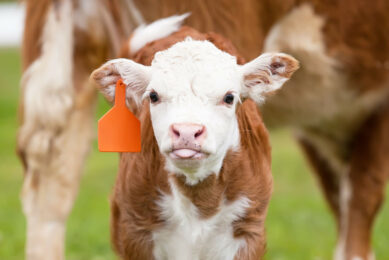Why current animal welfare labelling is not enough

Regarding animal welfare, the labelling of food products like meat, dairy products and eggs should not be based on the rearing conditions but on an assessment based on scientific indicators measured directly on the animals. Such a system should not only take account of the living conditions of the food-producing animals themselves, but of those of their parents, too, says Anses, the French Agency for Food, Environmental and Occupational Health & Safety.
Consumers are increasingly concerned about the living conditions of the animals used to produce foodstuffs of animal origin. Anses is therefore publishing guidelines for labelling products of animal origin specifically with respect to farm animal welfare. Implementing this proposal would harmonise current and future labelling systems, the agency says.
Labelling systems designed to inform consumers about the welfare of food-producing animals are on the rise in Europe. However, the criteria used vary widely from one labelling system to another and causes a high degree of confusion for consumers. The European Union is planning to harmonise labelling. Anses has thus carried out an expert appraisal to establish a scientific basis for animal welfare labelling that can be put forward to players in the livestock sector.
5 animal welfare levels
The Agency recommends adopting a system of 5 welfare levels, from the highest (A) to the lowest (E). Level E corresponds solely to compliance with the requirements imposed by European legislation on animal welfare, whether during rearing, transport or slaughter. This classification, which is easy for consumers to understand, should also help producers to gradually take better account of animal welfare.
Most current animal welfare labels only consider the rearing methods used and the means employed to improve them, Anses says. “That’s not enough,” explains Julie Chiron, expert appraisal coordinator, adding, “A laying hen farm may have perches, but if the hens do not use them because they are not easily accessible, for example, this feature will not contribute to their welfare.”
The scientists in the Anses working group therefore recommend that the indicators should focus primarily on the animal’s welfare status, i.e., be based on measurements taken on the animal itself. This system is based on the definition of animal welfare proposed by Anses in 2018: “The welfare of an animal is its positive mental and physical state related to the fulfilment of its physiological and behavioural needs and its expectations. This state varies according to the animal’s perception of the situation.”
Breeding animals
Furthermore, the assessment of animal welfare should also include the selective breeding and reproduction farms that are designed to improve genetic characteristics and supply food-producing animals. “In some sectors, breeding animals are reared abroad and little is known about their living conditions,” explains Chiron. “This criterion will require the sectors to ensure that they have this information. We cannot claim that a production process respects animal welfare if we know nothing about the living conditions of the previous generation, whose rearing is subject to specific constraints, particularly health constraints.”
When no information on parents is available, the experts consider that products should not be given a classification higher than level C.
“The work that has been carried out is aimed primarily at French and European scientists and stakeholders who are planning to develop a reference framework for animal welfare labelling,” notes Florence Étoré, who heads up the unit in charge of assessing risks associated with animal health and welfare. “This framework will need to be tailored to each sector or category of animal concerned, and jointly developed with the various players in this sector: livestock professionals, animal protection associations and scientists.”
The framework must also be accessible and transparent, so that consumers can be informed about the indicators used to assess animal welfare and obtain an overall score. Finally, the experts emphasise that the cost of improving animal welfare and its assessment should be borne by all stakeholders, given the ethical issues involved and society’s growing calls for greater consideration to be given to animal welfare.
Join 13,000+ subscribers
Subscribe to our newsletter to stay updated about all the need-to-know content in the dairy sector, two times a week.










